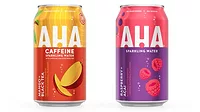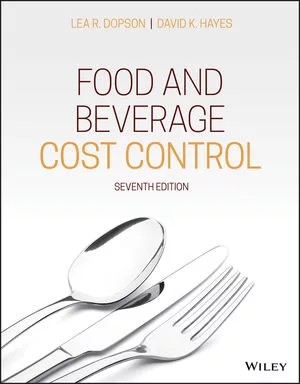Bottled water industry supports National Drinking Water Week
IBWA emphasizes importance of clean, safe drinking water
During National Drinking Water Week from May 4 to 10 this year, the International Bottled Water Association (IBWA), Alexandria, Va., is highlighting bottled water as a healthy, on-the-go, refreshing beverage.
According to the Institute of Medicine and the American Journal of Preventative Medicine, one-third of American adults are overweight and another one-third is obese. Similarly, children’s obesity rates have climbed in the past 30 years from 5 percent to 17 percent. Drinking zero-calorie beverages, such as water, is regularly cited as a key component of a more healthful lifestyle, the IBWA notes.
Bottled water also is important in emergency situations or after natural disasters, such as hurricanes, floods, tornados, earthquakes, wild fires and boil alerts. For those affected by these situations, bottled water can be a source of clean, safe drinking water. The Centers for Disease Control and Prevention also recommends bottled water for individuals with weakened immune systems to protect their health, according to the IBWA.
Whether bottled or on tap, the IBWA is dedicated to making safe drinking water available. “Most people who drink bottled water also drink tap water, and the bottled water industry recognizes the importance of having a safe, reliable municipal drinking supply,” said Chris Hogan, IBWA vice president of communications, in a statement. “The bottled water industry supports a strong public water system, which is important for providing citizens with clean and safe drinking water. Promoting greater consumption of water from all sources, including bottled water, will support the efforts of communities striving for a healthier lifestyle.”
Efforts to further increase the availability of clean, safe drinking water in cities, towns, on college campuses, in the work place, and at home should be encouraged, the IBWA says. For example, installing bottle refilling stations and water fountains throughout communities helps promote healthy hydration, it says. Vendors also should help to promote healthy lifestyles by making bottled water available for purchase among their other beverage options, it adds.
Furthermore, because bottled water is regulated by the U.S. Food and Drug Administration (FDA) as a packaged food product, this beverage provides a consistently safe and reliable source of drinking water, the IBWA says. By federal law, the FDA regulations governing the safety and quality of bottled water must be at least as stringent as the Environmental Protection Agency (EPA) regulations that govern tap water. And, when it comes to contamination instances involving lead, coliform bacteria and E. coli, bottled water regulations are substantially more stringent.
Many bottled water companies make water-quality reports available on their website, and virtually all bottled water products include a telephone number on the label that consumers can call to obtain information about the product. In addition, bottled waters are produced using a multi-barrier approach, which can safeguard the water from microbiological and other contamination, it says.
Bottled water producers also aim to be eco-friendly by using packaging that is 100 percent recyclable, the IBWA adds. According to the National Association for PET Container Resources (NAPCOR), PET plastic bottled water containers are the most frequently recycled PET beverage container in curbside recycling programs. The national recycling rate for PET plastic bottled water containers is 38 percent; this rate has more than doubled between 2003 and 2012. Additionally, data released by Beverage Marketing Corp. in 2013 shows that between 2000 and 2011, the average weight of a 16.9-ounce PET plastic bottled water container has declined 47.8 percent. This has resulted in a savings of 3.3 billion pounds of PET resin since 2000.
In addition, according to the IBWA’s 2013 water-use ratio study, the amount of water used to produce bottled water products is less than all other types of packaged beverages. On average, 1.39 liters of water, including the liter of water consumed, is used in the beverage production process for each liter of finished bottled water.
Looking for a reprint of this article?
From high-res PDFs to custom plaques, order your copy today!







